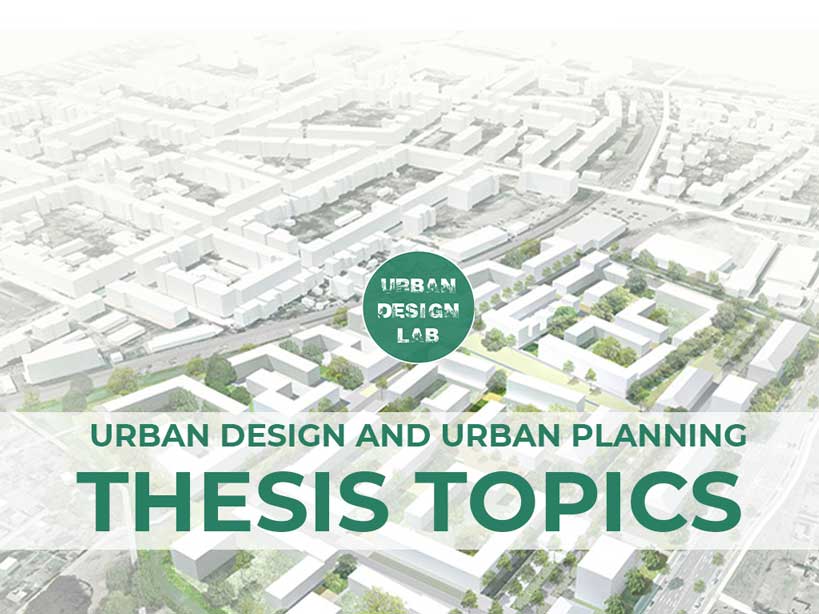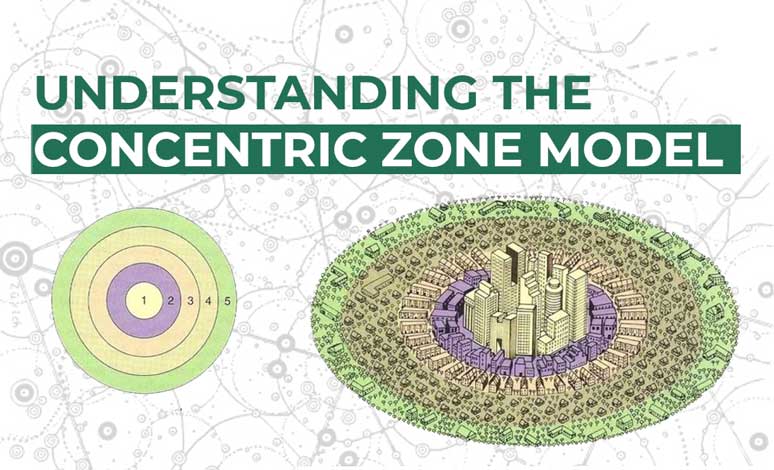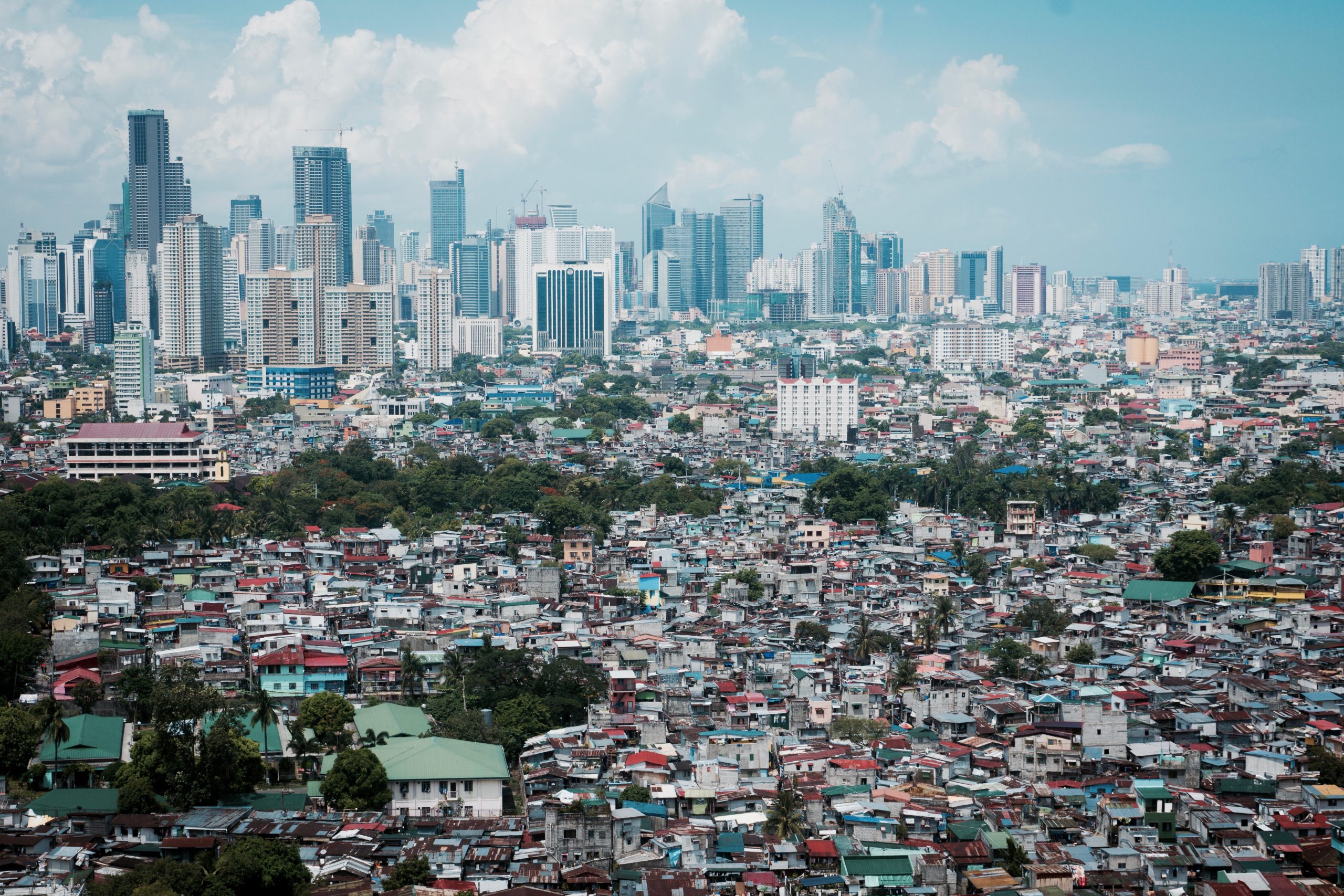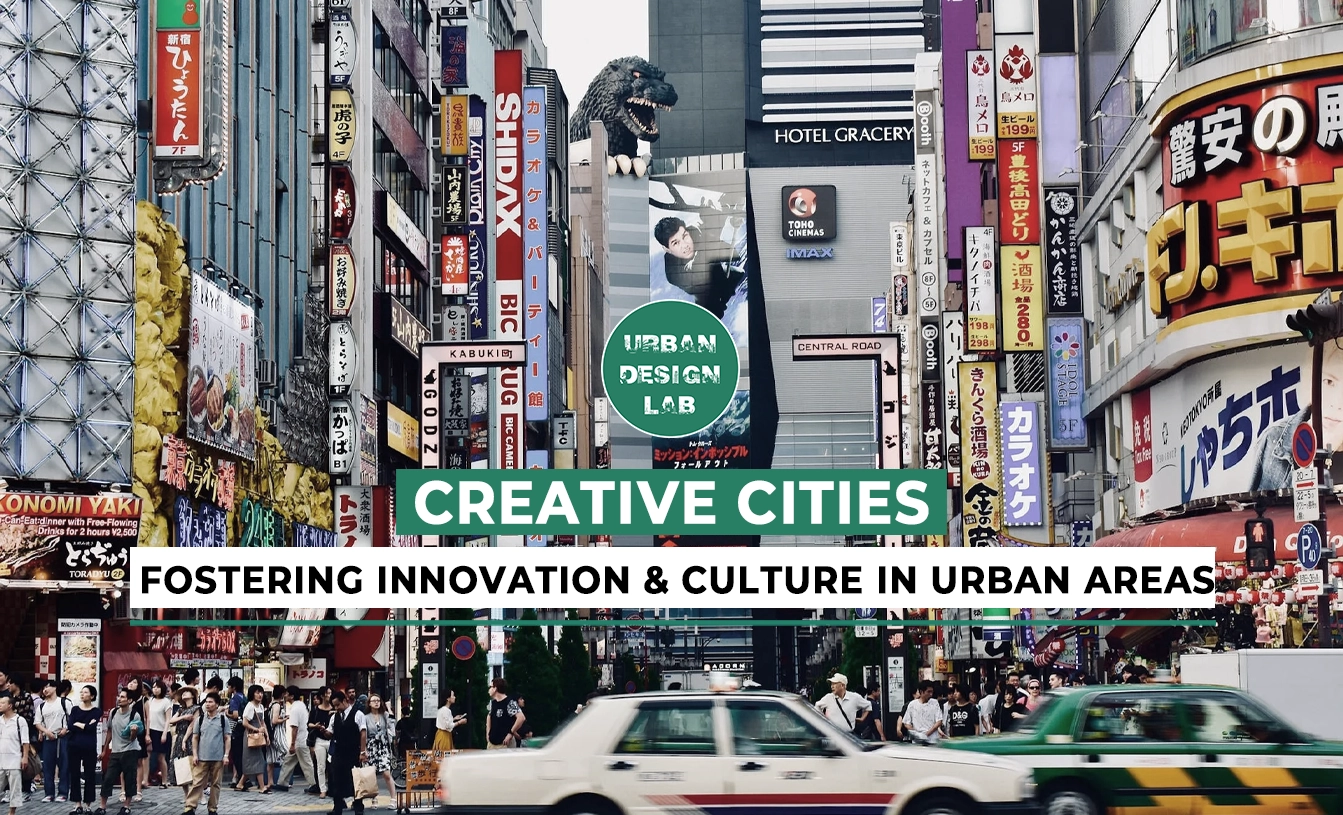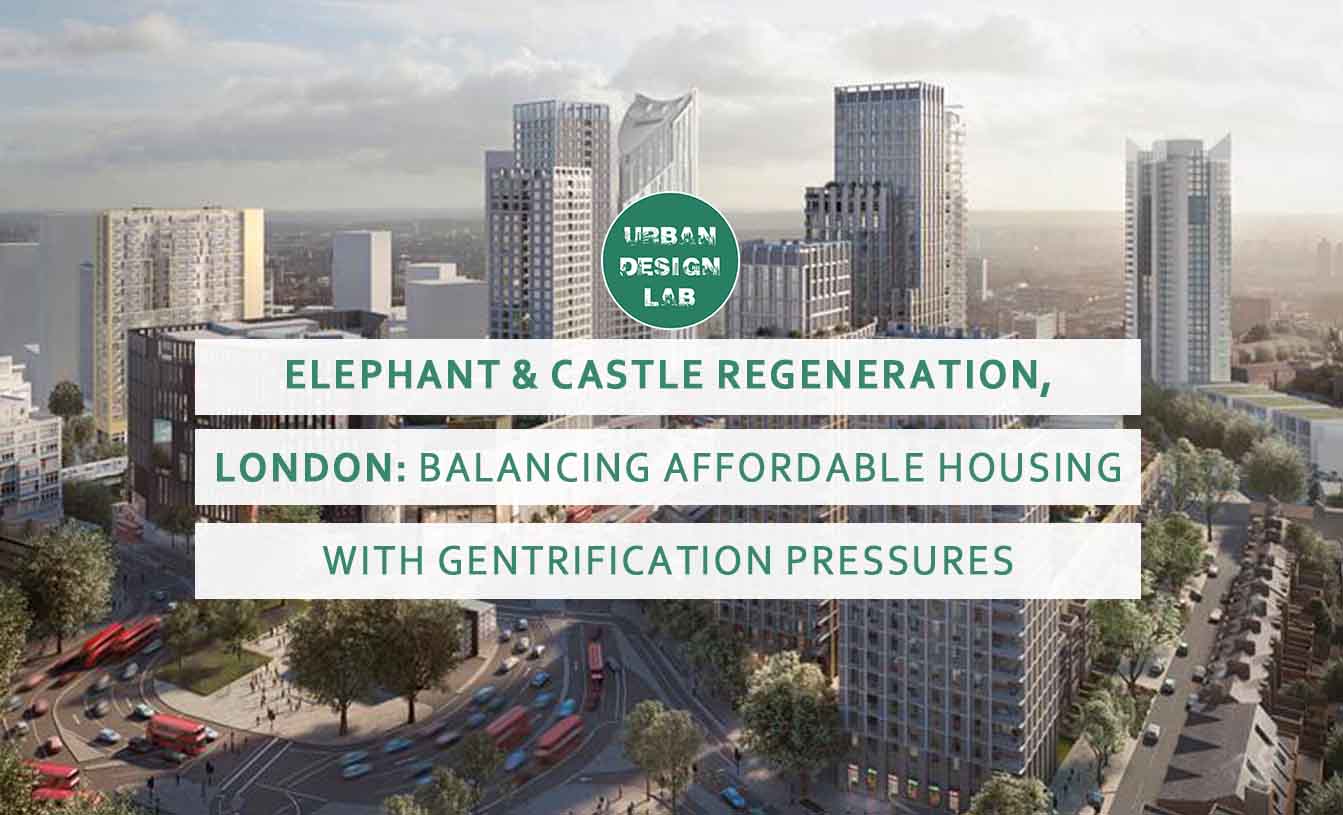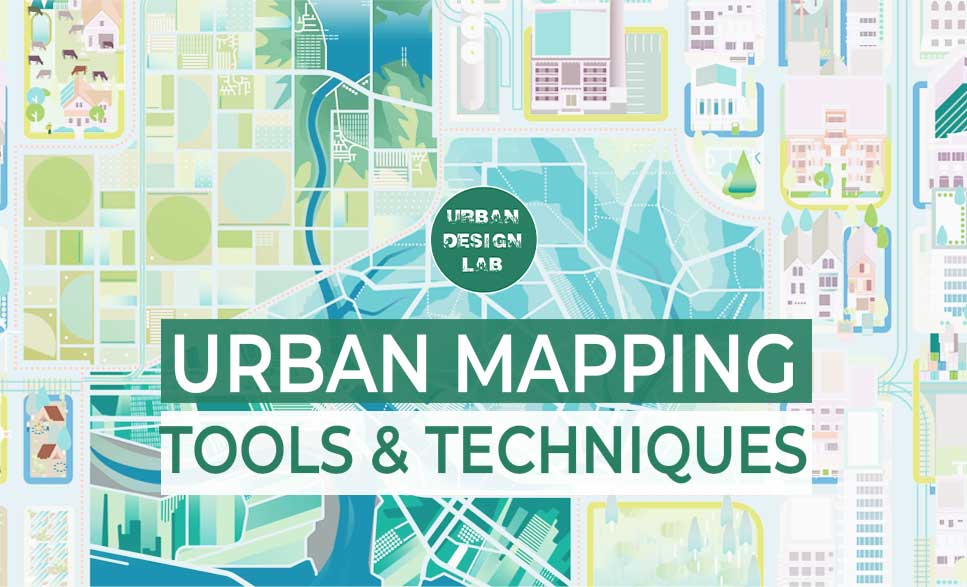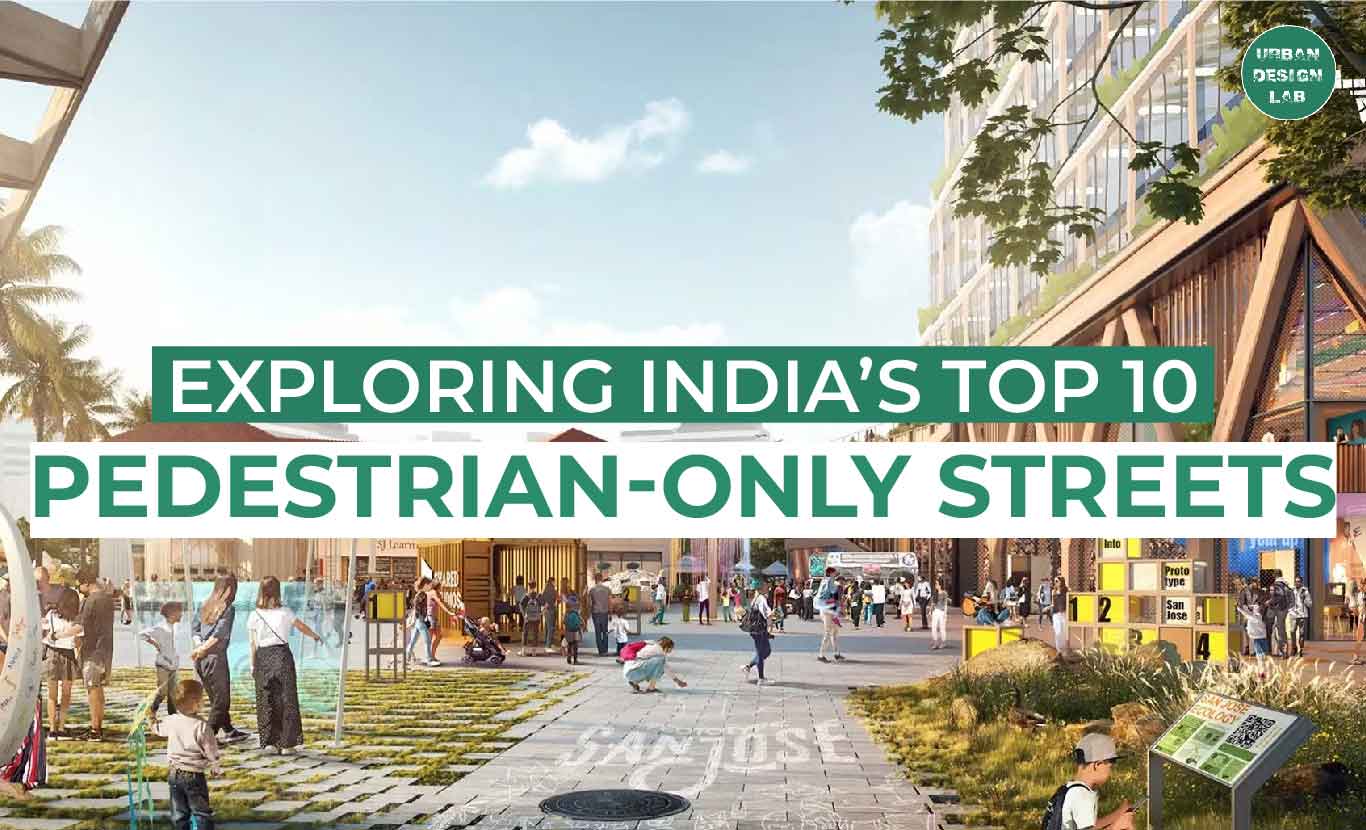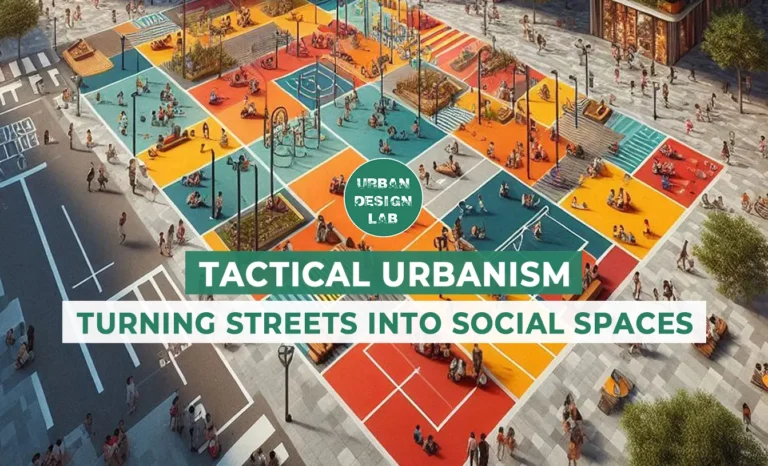
The Orange Moon: Revitalizing Seoul’s Riverfront
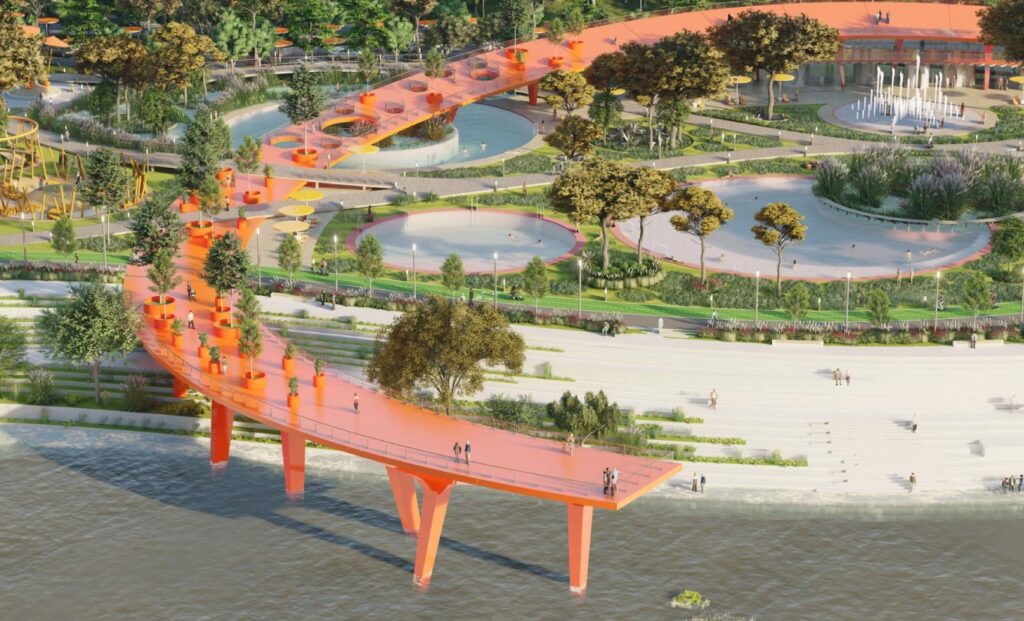
The Orange Ring is a metropolitan intervention that aims to boost commerce and tourism catalyzing economic development by positioning this huge object on the riverbank of the Hang River, contributing to the city brand identity with a functional and eye catching project that will serve the entire city.



Drawing inspiration from the captivating sight of the Orange Moon phenomenon, our project, Orange Moon, finds its home in the heart of Seoul, a city that thrives amidst the harmony of urban life and natural beauty. Situated along the banks of the Han River, Orange Moon serves as a beacon, echoing the mesmerizing circular form and vibrant hue of the Orange Moon in the night sky. Just as Seoul embraces its natural surroundings, our project seeks to embody this connection to nature. The Orange Moon project symbolizes a harmonious blend of nature and architecture, serving as a beacon of innovation and beauty within Seoul’s urban landscape, celebrating the city’s rich cultural heritage and enduring bond with the natural world.
With the purpose of improving the existing public facility of the Swimming Pool in Jamsil Hangang Park, the Municipality of Seoul launched a Competition for a design solution that would bring back the former glory of this 30-years-old facility on the banks of the Hang River. Not only by renovating the Swimming Pools themselves, but also seeking a solution that would reactivate the entire Park as a public destination within the City of Seoul.

Our mission transcended the renovation of the existing pools, targeting the reestablishment of the natural landscape and fulfilling an entire urban regeneration, turning Hangang Park into a major urban and ecological landmark for the city of Seoul, to be used throughout all seasons.

The proposal unifies the pool complex with the surrounding cultural facilities. On the West, the Sagak Sagak Artistic Area, and on the East, the Botanical Learning Center. The plan connects those 3 facilities through a system of meandering interweaved pedestrian paths, allowing easy pedestrian accessibility between all of them, transforming the entire riverfront into a prominent public natural destination.


The proposal draws its inspiration from Taegeuk, the traditional Korean symbol which can be found in the National Flag of South Korea, as a very honored, loyal illustrative and recognizable shape. A perfect circle split in two halves, red & blue, representing the balance in the universe.

Curving upwards towards the highway, the elevated pedestrian walkway shields the pools from the traffic noise, and accommodates necessary indoor facilities under its roof at the same time. It flattens at the intersection with the riverfront promenade, in order to ease pedestrian connectivity; and finally, it protrudes over the riverbank, creating two walkable piers overlooking both, the river and the restored nature of the riverbank.

The undulating intertwined pedestrian paths create opportunities and affordances for the park’s public program. Programmatic interventions for entertainment and leisure spaces within the natural environment are envisioned, offering valuable interactions with nature. Spaces for practicing a wide range of sports, resting areas, shading structures and natural kids playscapes, resulting in a multifunctional park suitable for all kind of ages.


All pools are designed in a sustainable way to naturally clean its water by using a helophyte filtering system with reeds planted around the pools. The treatment of cleaning the water is naturally done by bacteria living in the roots of the planted reeds.
This project is a creative international collaboration between 100 Architects (Shanghai), Carve (Amsterdam) and Urien (Seoul), with the local coordination & support of the landscape architect Walter Ryu.
Architects: 100 Architects (Shanghai) Co., Ltd.
Location: Jamsil Hangang Park, Seoul, South Korea
Client: Seoul Metropolitan City, Hangang Project Headquarters
Design Team: Marcial Jesús, Javier González, Lara Broglio, Mónica Páez, Keith Gong, Cosima Jiang, Ponyo Zhao, Elena Michelutti.
Site Area: 75,000 m2
UDL Photoshop Masterclass
Decipher the secrets of Mapping and 3D Visualisation

Urban Design Lab
About the Author
This is the admin account of Urban Design Lab. This account publishes articles written by team members, contributions from guest writers, and other occasional submissions. Please feel free to contact us if you have any questions or comments.
Related articles


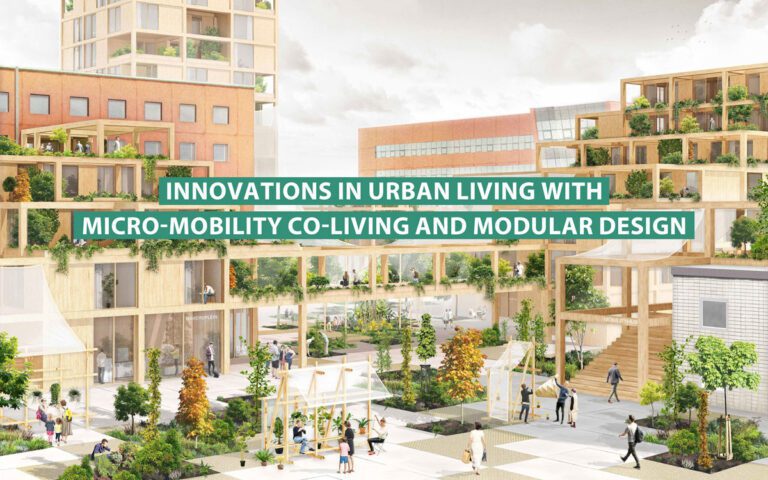
Micro-Mobility and Modular Design in Urban Living
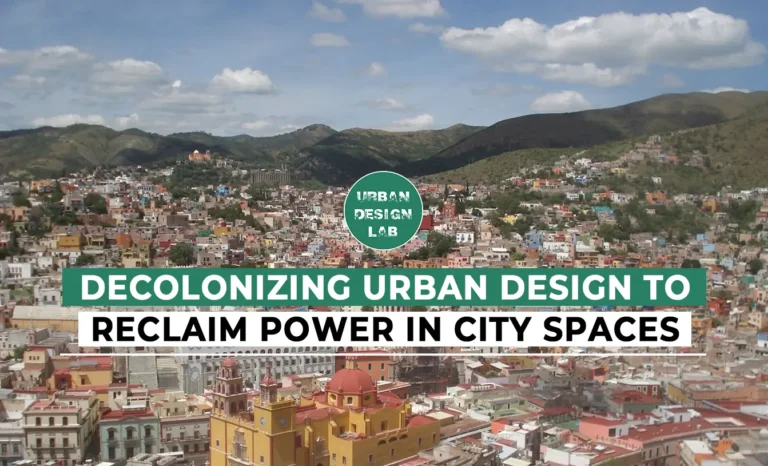

Rethinking Urban Planning Careers in India
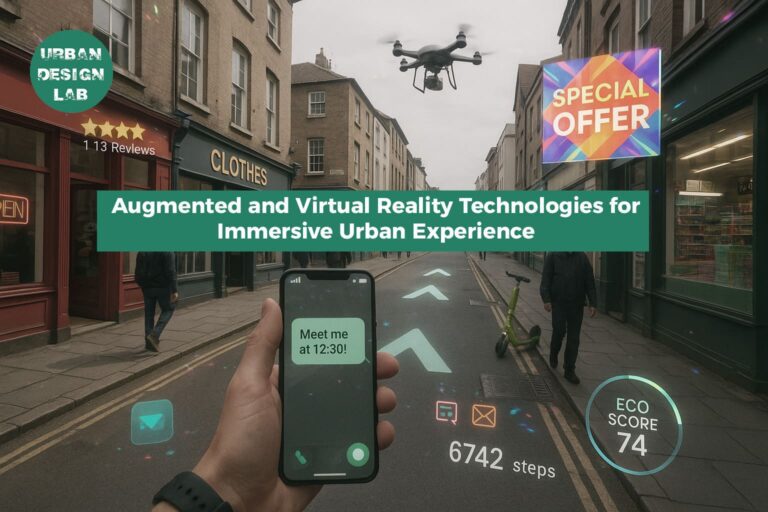
5-Days UDL GIS
Masterclass
GIS Made Easy – Learn to Map, Analyse, and Transform Urban Futures
Session Dates
14th-18th July 2025

Free E-Book
From thesis to Portfolio
A Guide to Convert Academic Work into a Professional Portfolio”
Recent Posts
- Article Posted:
- Article Posted:
- Article Posted:
- Article Posted:
- Article Posted:
- Article Posted:
- Article Posted:
- Article Posted:
- Article Posted:
- Article Posted:
- Article Posted:
- Article Posted:
- Article Posted:
- Article Posted:
Sign up for our Newsletter
“Let’s explore the new avenues of Urban environment together “





























